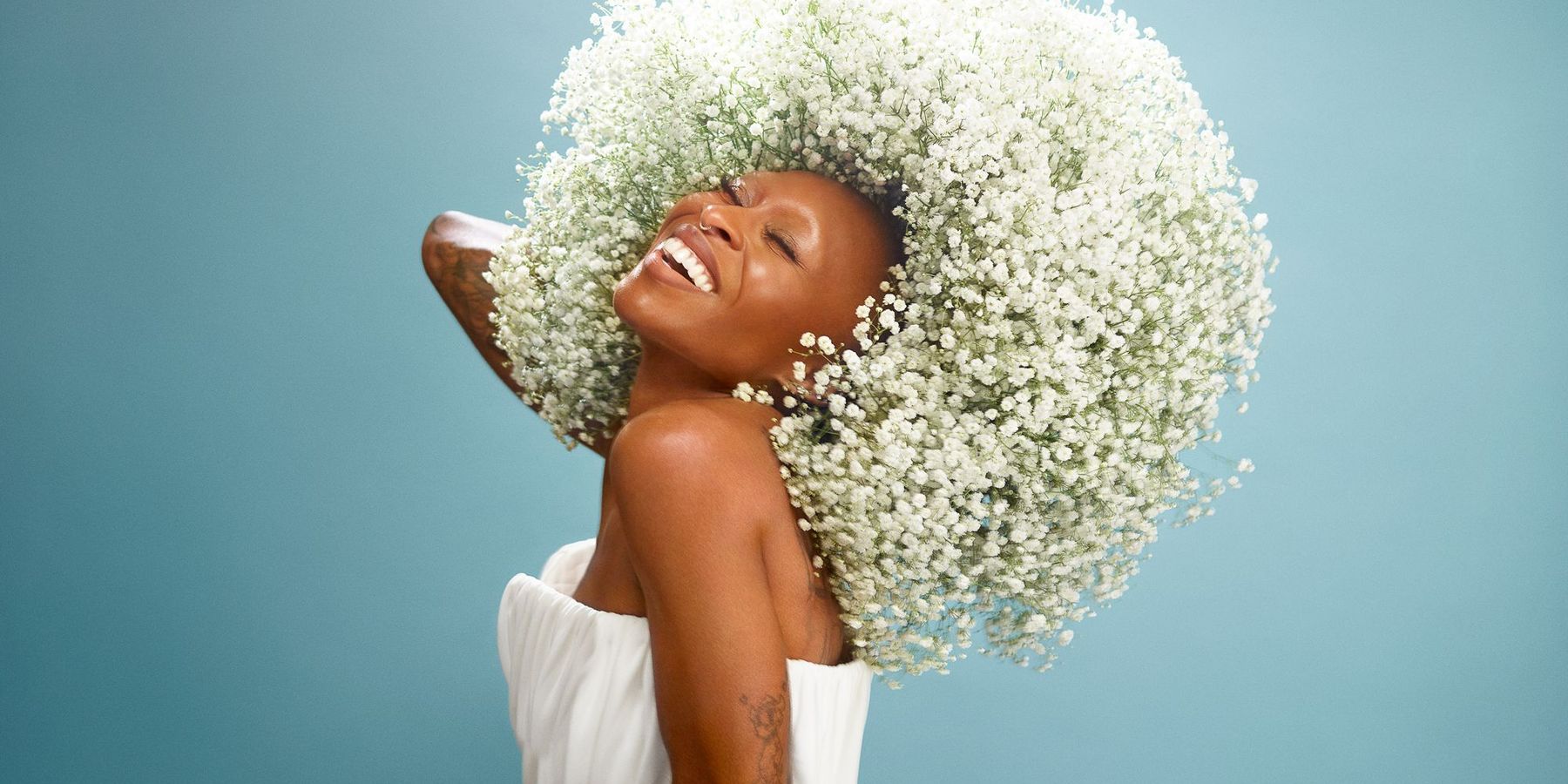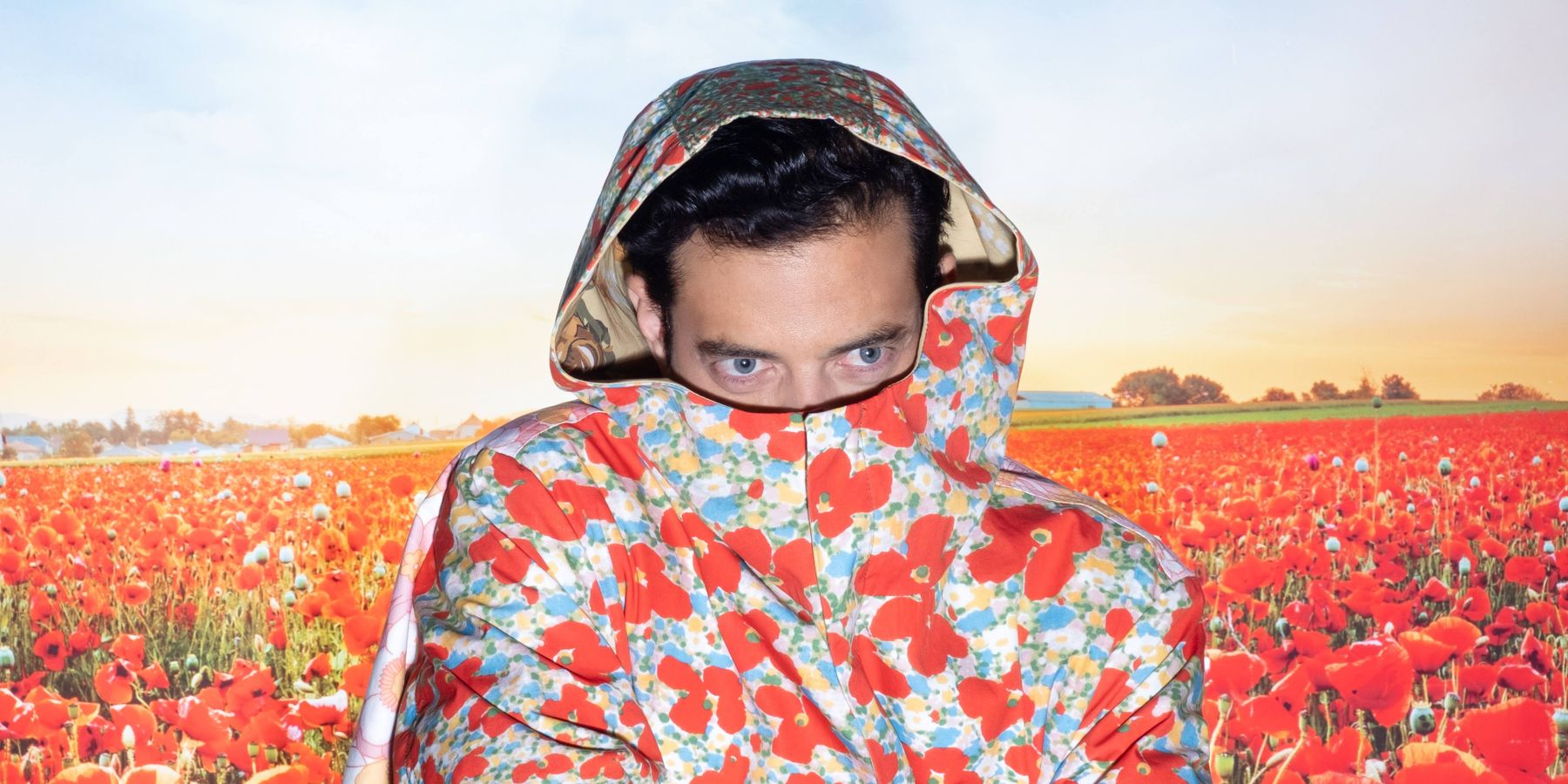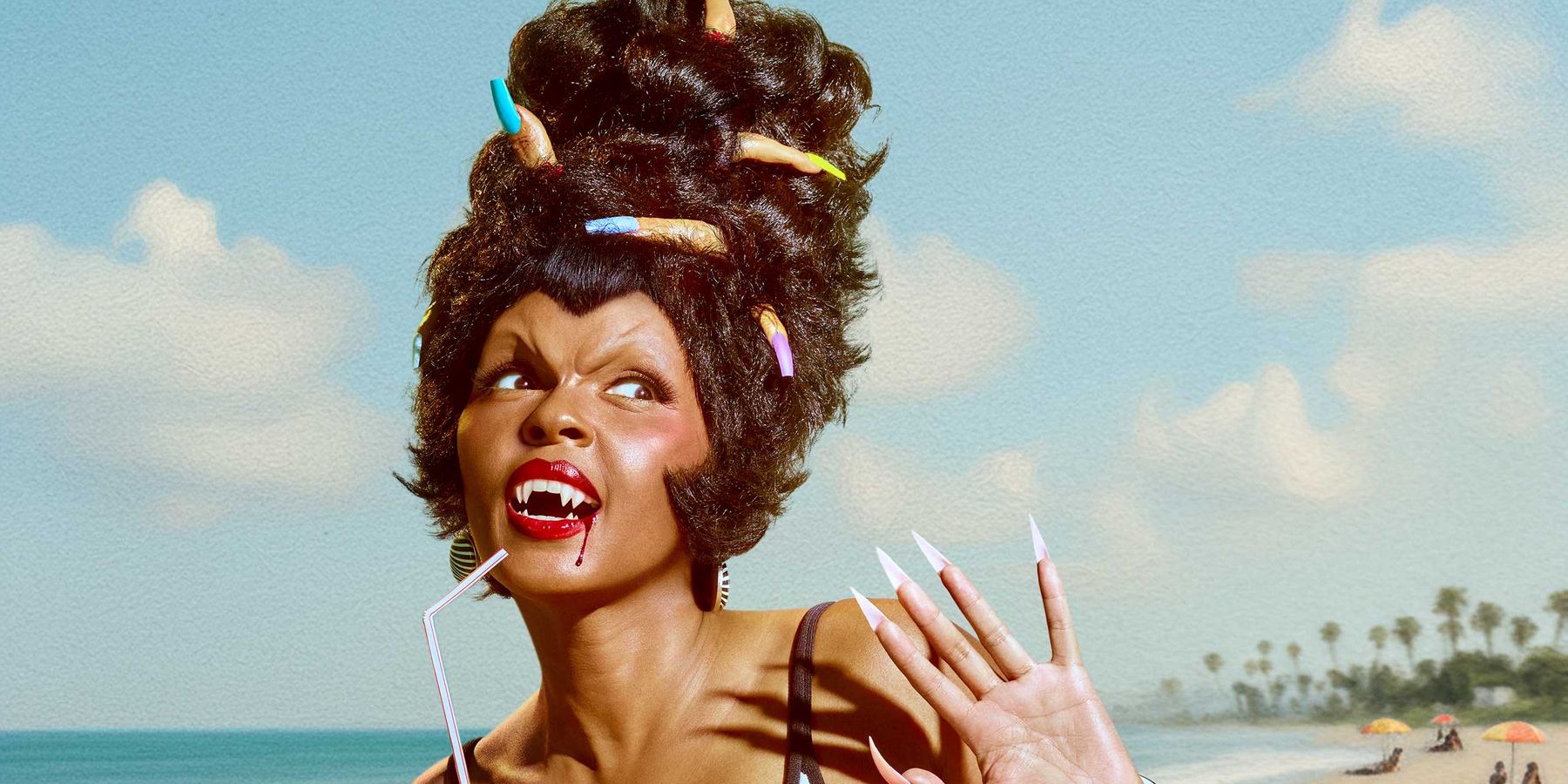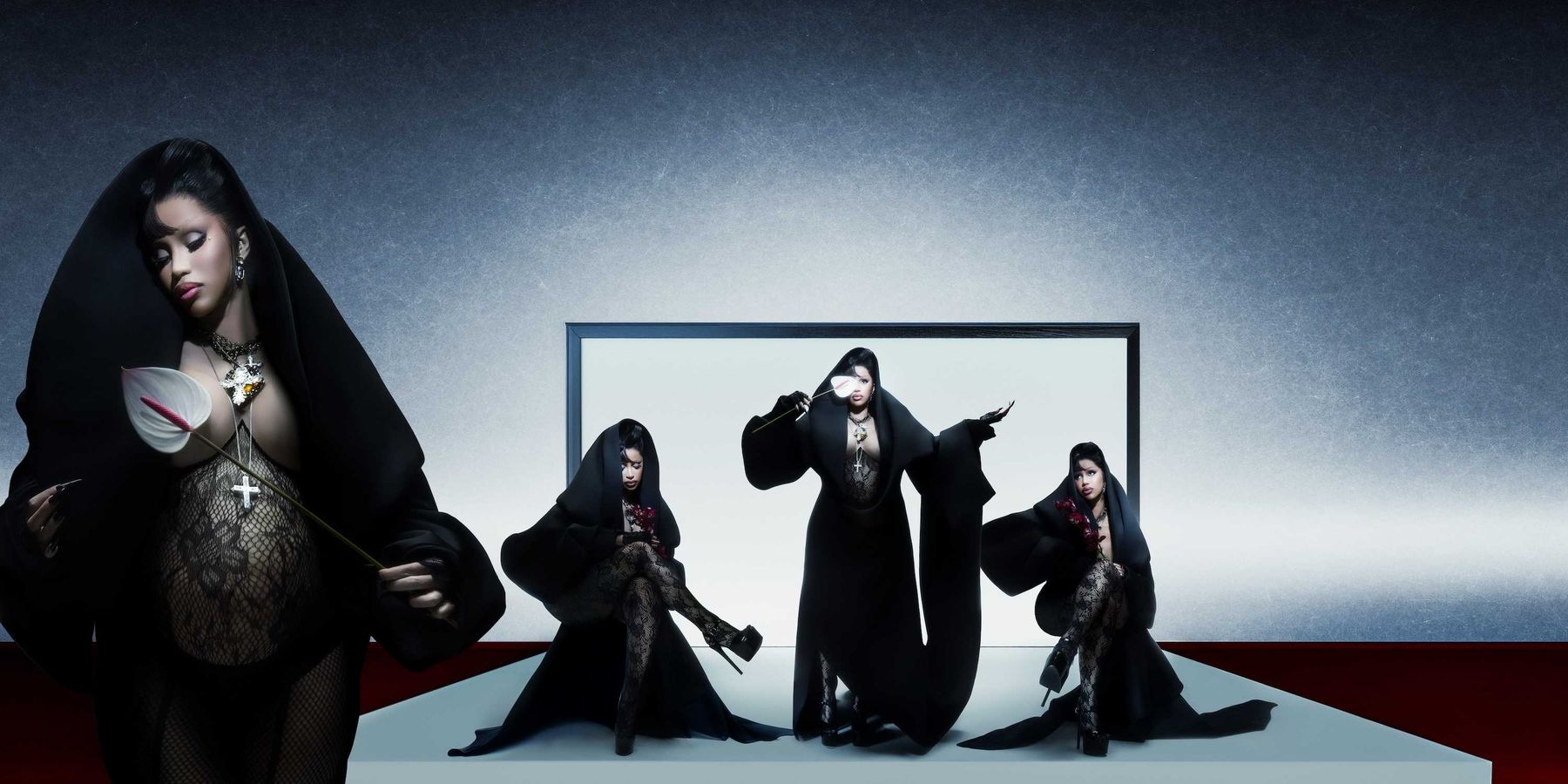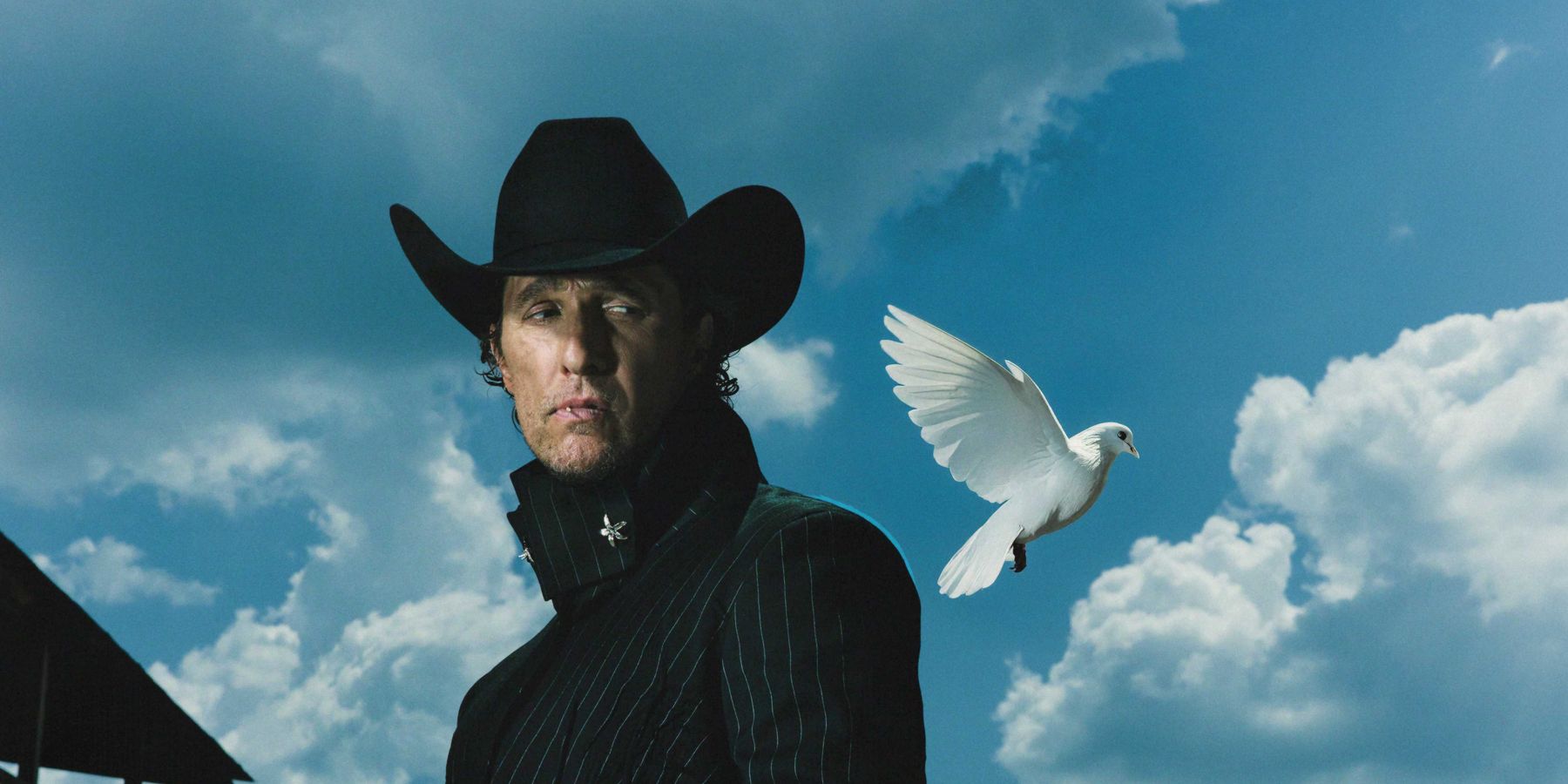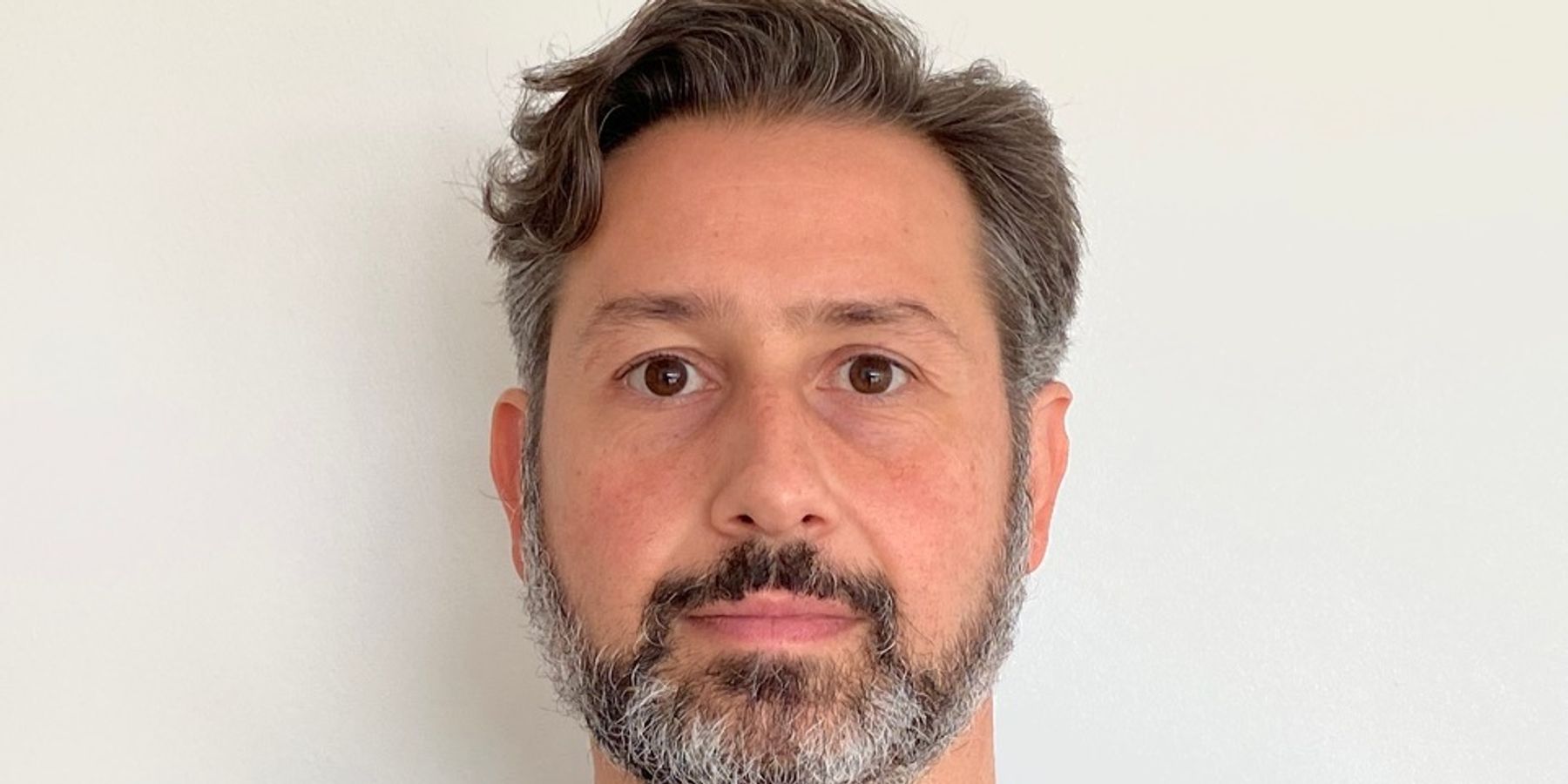
What fuels Irani-born filmmaker Kasra Farahani’s particular and successful magic is a commitment to a wild and unconventional imagination, and a creative, innovative willingness to bring the arguably unhinged ideas that pop into his art-school-trained head to life. It’s one part being open to what comes at him, integrating life’s surprises into the set: like the one time he happened upon a lamp at a thrift store, and used it to better spookify a sci-fi lighting sequence.
It’s another part dreaming up truly outlandish scenes and having the know-how and the chops to create them out of nothing: like the time he convinced the Marvel team to invent an entire alien bird species in Loki to contextualize the other crazy concept he’d come up with: that one of the characters should land not into the usual space void, but into a giant, messy bird’s nest. All for no logical reason, really: “I just liked the image of it, I thought it was funny,” Farahani says.
It’s an irreverent creative process, one that mixes serious study (and a formal degree in Industrial Design from ArtCenter College of Design), corporate know-how via designs at massive companies like Lego, curated apprenticeships under names like Tim Burton’s Bo Welch, and an eclectic host of pop-cultural inspirations ranging from anime to the kids’ show Bluey.
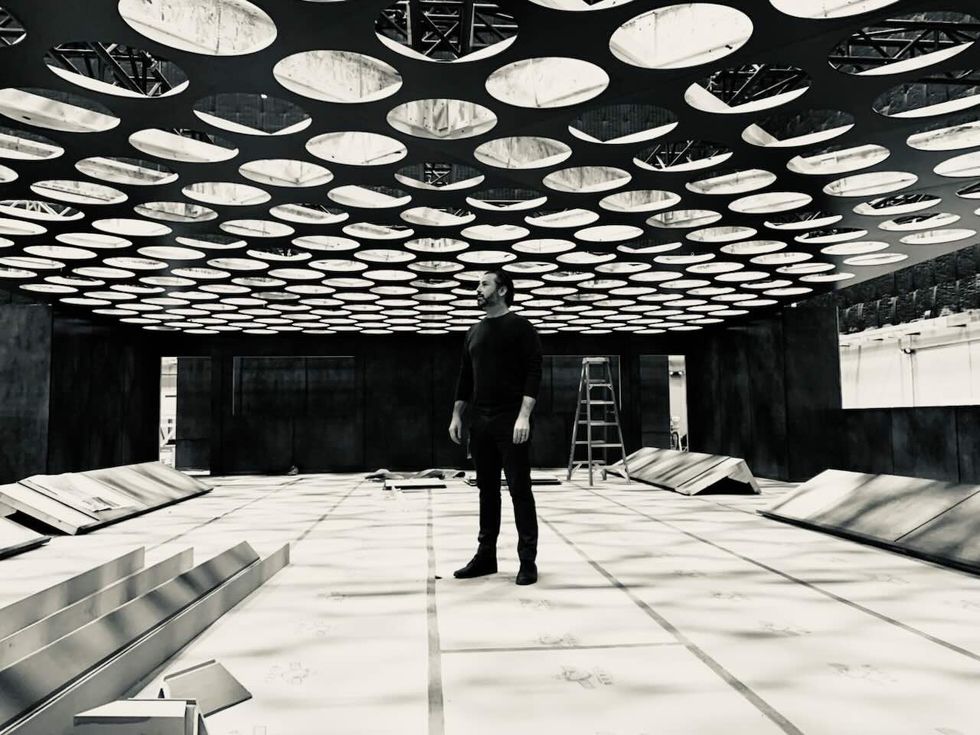
Farahani’s career spans production design for Hollywood blockbusters, commercials, and music videos, but what sets him apart is the playful, unrestrained way he approaches visual storytelling. Whether it’s superimposing Doechii in a kaleidoscope of poses for Samsung’s Z Fold7 campaign or scavenging a thrift store to find the perfect lamp to spookify a sci-fi sequence, his work blends industrial design training, corporate polish, and a fearless willingness to chase ideas that might seem unhinged—until they’re on screen.
That signature irreverence is anchored in serious study: a degree in Industrial Design from ArtCenter College of Design, early design work at giants like Lego, apprenticeships under visionaries such as Bo Welch, and an eclectic mix of inspirations ranging from anime epics to the kids’ show Bluey. It’s a mash-up of high craft and pop playfulness that gives Farahani’s worlds their singular charge.
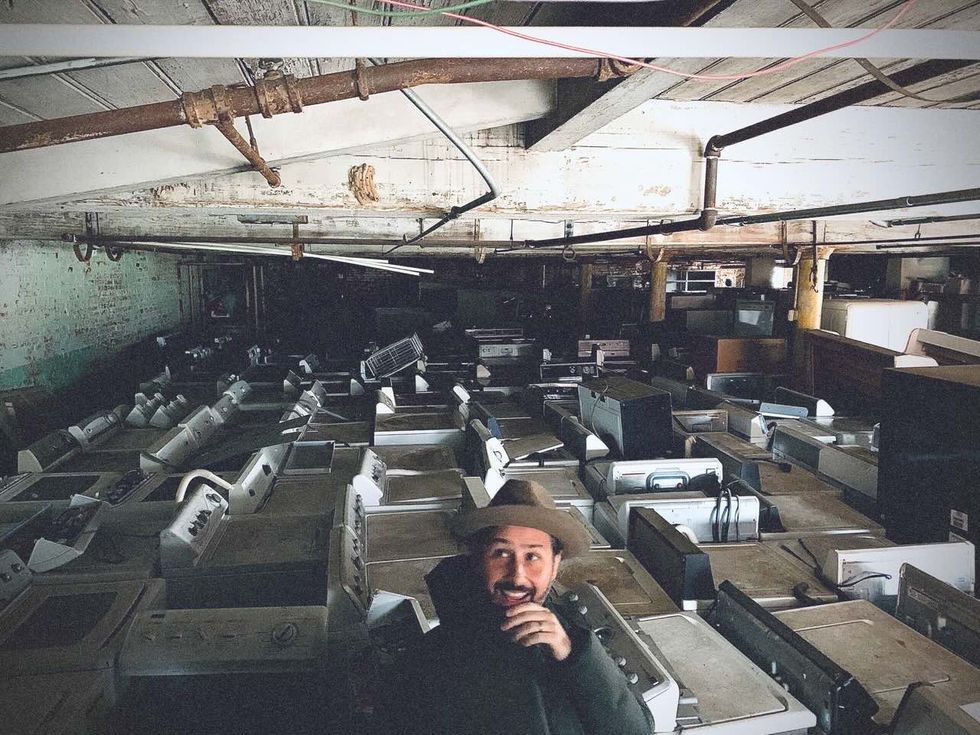
Variety Breeds Clarity
Farahani has been world-building since childhood. He recalls a patch of his family’s Los Angeles backyard (a dry, rocky hillside) where he first began imagining new worlds after moving from Iran. He processed the transition artistically and dove into it (or dug in, rather). “There’s a lot of clay in some of the soil in parts of LA. I remember excavating caves in this dirt and clay to create a sort of battlefield for my action figures. I must’ve been around 5 or 6.” He loved the work of being a full-scene setter, using entire environments to create new worlds that were not otherwise there, which he and others could step into to experience something new. He hasn’t stopped.
LA and all its creative juices were the right place to pursue this kind of career. But in the flourishing of his portfolio, he’s never quite been just one thing. At ArtCenter, he tried his hand at architecture, product design, transportation design, graphic design, and illustration. So yes, he’s a 2D and 3D designer, whose early interest in form and function stemmed from his father’s work as a furniture designer. He liked all of it, but any one of them felt too limiting. The boundless creativity of the entertainment industry was going to be the only field diverse enough for him. From his design job at Lego, he branched into video game and theme park work, ultimately landing in film. Now, he works across dozens of styles, mediums, and concepts without having to abandon his sense for spatial storytelling.
Everything Is Connected
Whether directing or designing, Farahani approaches each of his projects with the same starting point: an intuitive sense of tone. The initial images of a script may be abstract, but Farahani believes in making all elements of a mood concept feel coherent and connected. “A world feels complete to me when I can see a consistent logic through all its facets: the interiors, the exteriors, the vehicles, the decor, the lighting, the media, the typography. In an elegant and cohesive world, these things talk to each other,” he explains. “It’s all about consistency and clarity.” He wants a scene to look like it has always been there.
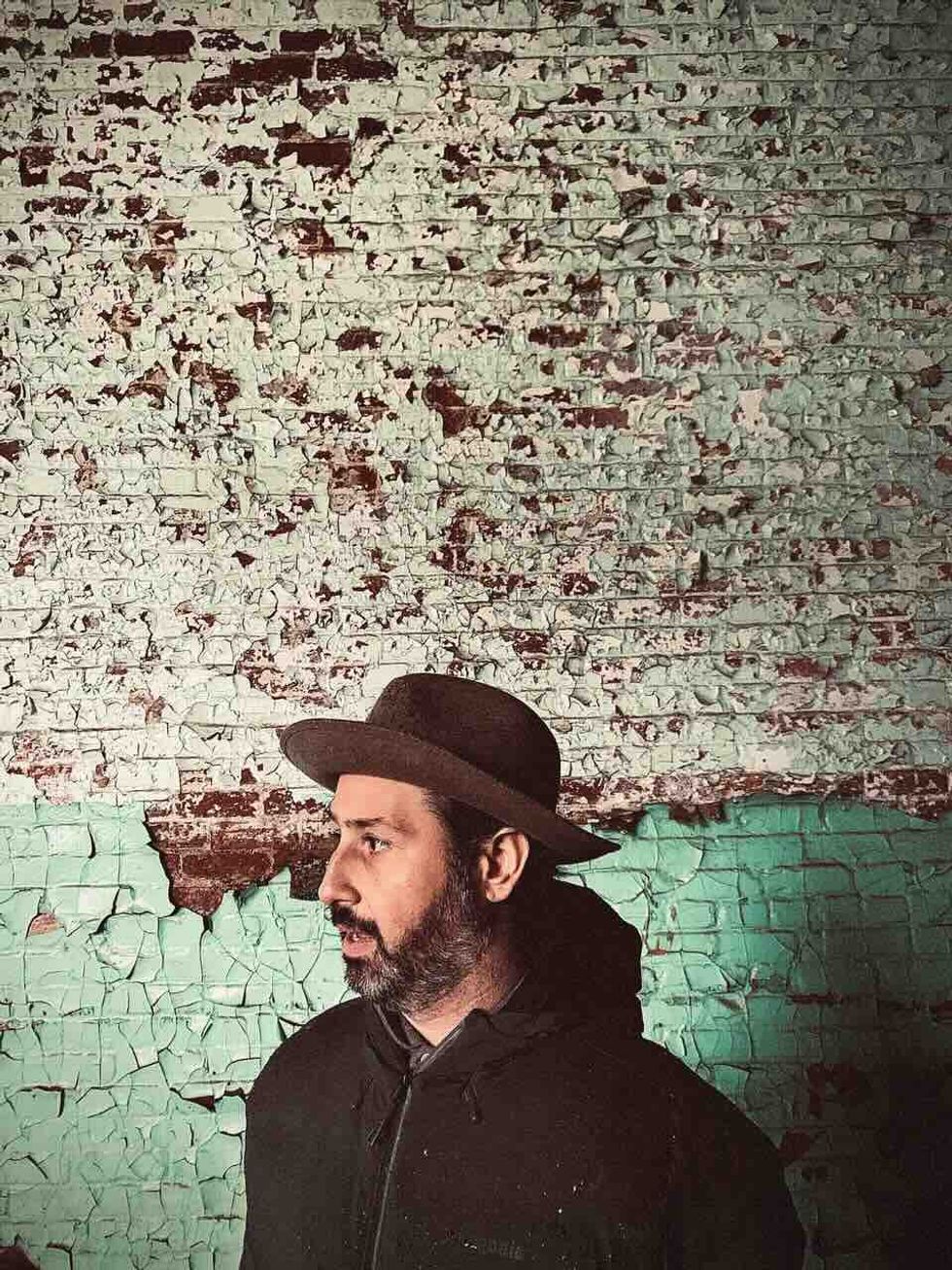
But you don’t get to this coherent tone (one that strikes a lot of chords, right?) without first touching on a wide array of viewpoints. Farahani’s big imagination both stems from and begets a thriving cross-pollination of pop culture and high art. Some favorite influences span Kubrick to Burton, architecture to graphic novels, to anime, and Burton’s Bo Welch. “He was a formative figure in shaping my view of narrative design” (and thinking of Winona Ryder’s ethereally haunting ice dance in Edward Scissorhands can attest to that). “I’d say the single biggest piece of popular culture that impacted my desire to get into world-building was the anime Akira,” he explains. “I saw the anime before I knew about the Manga.”
Oh, and Tom Ford, that other famous boundary-blurring world builder. Like Farahani, Ford effortlessly moves between all possible media that speak his visual language. But it’s a unified and recognizable visual language. “I think the language of aesthetics is a powerful and universal one that can reach anybody in the world, regardless of culture. I think Tom Ford is a master of this language.” Farahani explains his aesthetic and his singular cultural fluency as blending clean design with vivid personality. Described in three objects: a Saarinen Tulip Chair, a Braun transistor radio, and a 1969 VW Karmann Ghia.

Whatever it looks like, though, and whatever the medium, it has to make you feel something. That’s where Bluey enters the inspo list. Watching it with his two daughters, Farahani is always struck by the show’s emotional range and visual precision, all in seven short minutes. He takes it as a daily reminder that beauty and depth can exist in any format, even a kids’ show animation. The lessons: don’t let form get in the way of function. Don’t let total expression accept any limits. From a clay hill to a cartoon to a Hollywood set, use what you have to immerse, to move, to disrupt.
The Chromista Balance
At Chromista, Farahani has a new production home that honors not just the depths of his skills but the breadth of his work and inspirations, which is great, since his career spans Hollywood blockbusters, prestige TV, and immersive commercial work. For any project he’s put on, whether for Marvel Studios or a brand campaign, commercials, music videos, what have you, he’s going to create fully realized emotional worlds that tell a positive story. It’s just what he believes in; just what he does. It’s what makes him one vertebra of Chromista’s backbone of cinematic-quality brand work, which pitches Kasra Farahani’s projects to clients looking for the unconventional and dynamic point of view without making the piece feel like an advertorial.
Entertainment
Cynthia Erivo in Full Bloom
Photography by David LaChapelle / Story by Joan Summers / Styling by Jason Bolden / Makeup by Joanna Simkim / Nails by Shea Osei
Photography by David LaChapelle / Story by Joan Summers / Styling by Jason Bolden / Makeup by Joanna Simkim / Nails by Shea Osei
01 December
Entertainment
Rami Malek Is Certifiably Unserious
Story by Joan Summers / Photography by Adam Powell
Story by Joan Summers / Photography by Adam Powell
14 November
Music
Janelle Monáe, HalloQueen
Story by Ivan Guzman / Photography by Pol Kurucz/ Styling by Alexandra Mandelkorn/ Hair by Nikki Nelms/ Makeup by Sasha Glasser/ Nails by Juan Alvear/ Set design by Krystall Schott
Story by Ivan Guzman / Photography by Pol Kurucz/ Styling by Alexandra Mandelkorn/ Hair by Nikki Nelms/ Makeup by Sasha Glasser/ Nails by Juan Alvear/ Set design by Krystall Schott
27 October
Music
You Don’t Move Cardi B
Story by Erica Campbell / Photography by Jora Frantzis / Styling by Kollin Carter/ Hair by Tokyo Stylez/ Makeup by Erika LaPearl/ Nails by Coca Nguyen/ Set design by Allegra Peyton
Story by Erica Campbell / Photography by Jora Frantzis / Styling by Kollin Carter/ Hair by Tokyo Stylez/ Makeup by Erika LaPearl/ Nails by Coca Nguyen/ Set design by Allegra Peyton
14 October
Entertainment
Matthew McConaughey Found His Rhythm
Story by Joan Summers / Photography by Greg Swales / Styling by Angelina Cantu / Grooming by Kara Yoshimoto Bua
Story by Joan Summers / Photography by Greg Swales / Styling by Angelina Cantu / Grooming by Kara Yoshimoto Bua
30 September
